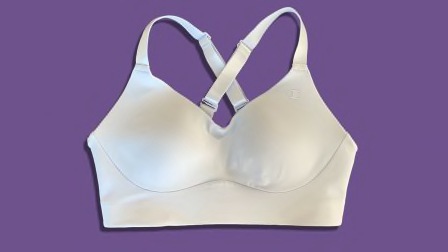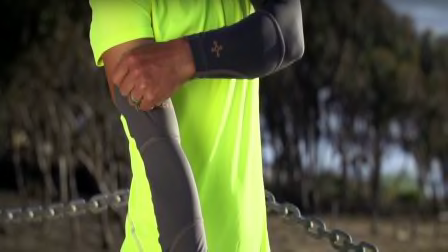The Training Program That Can Reduce Your Risk of Falls
Balance training can make you stronger and more flexible, and help you stay steady on your feet

Most people don’t think about their balance until they take a spill. But that’s common: 1 in 4 adults 65 and older falls each year, and 20 percent of those spills result in serious injury, such as a hip fracture or head injury. The good news? You can reduce your risk of falling with something experts call balance training.
How Exercise Helps
Balance training is a program of activities designed to improve your response to potential fall hazards, explains Evie Burnet, PhD, DPT, director of the Center for Balance and Aging Studies at the College of William and Mary in Williamsburg, Va.
“It’s more complicated than just standing on one leg,” says Debra Rose, PhD, co-director of the Center for Successful Aging at California State University, Fullerton, and creator of the FallProof Balance and Mobility Program.
The most effective programs combine activities that directly focus on balance with functional exercises (moves that resemble everyday activities like standing up) and strength training, according to the U.S. Preventive Services Task Force.
Your Fall Protection Program
Senior centers may offer balance training, and some YMCAs offer a program called Moving for Better Balance. You can also mix and match a variety of the activities below to build your own routine.
Moves You Can Do Anywhere
Aim to do each balance-building exercise two or three times a day.
Around the clock: Stand with your feet shoulder-width apart. Imagine a clock face on the floor. Moving from your hips, shift your weight forward to the 12 o’clock position and back to the center. Do the same with the 3, 6, and 9 positions. Progress to add 1, 5, 7, and 11.
Tightrope walking: Practice walking on an imaginary line, placing one foot directly in front of the other but not touching. Keep your eyes forward, looking at a spot in front of you, not down at the floor. Walk along a wall and place a finger or two on it if you feel unsteady.
Going up: Sit on the edge of a chair with your feet flat on the floor. Without using your hands, stand up slightly as if you’re on an elevator going up to the first floor, then sit down. Repeat—going up to the second floor—then rising a little higher each time until you’re standing up.
Editor’s Note: A version of this article also appeared in the November 2022 issue of Consumer Reports On Health.




















